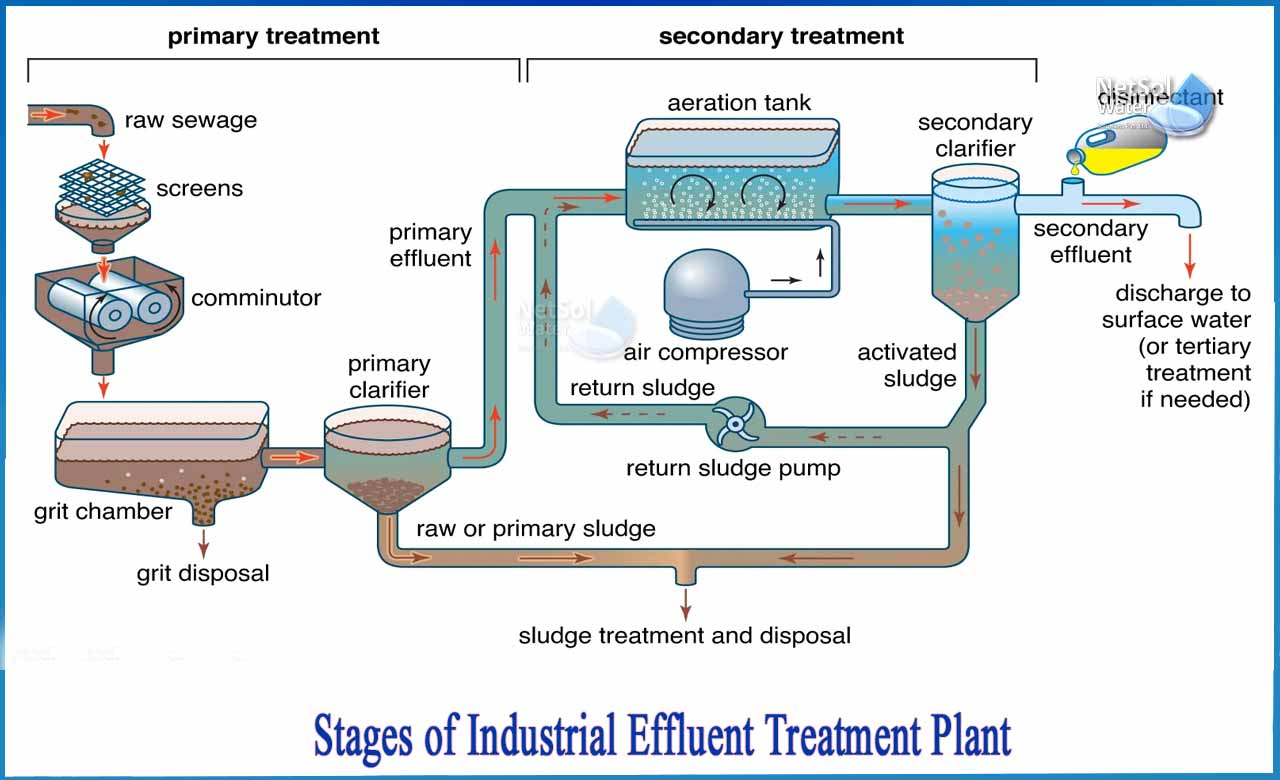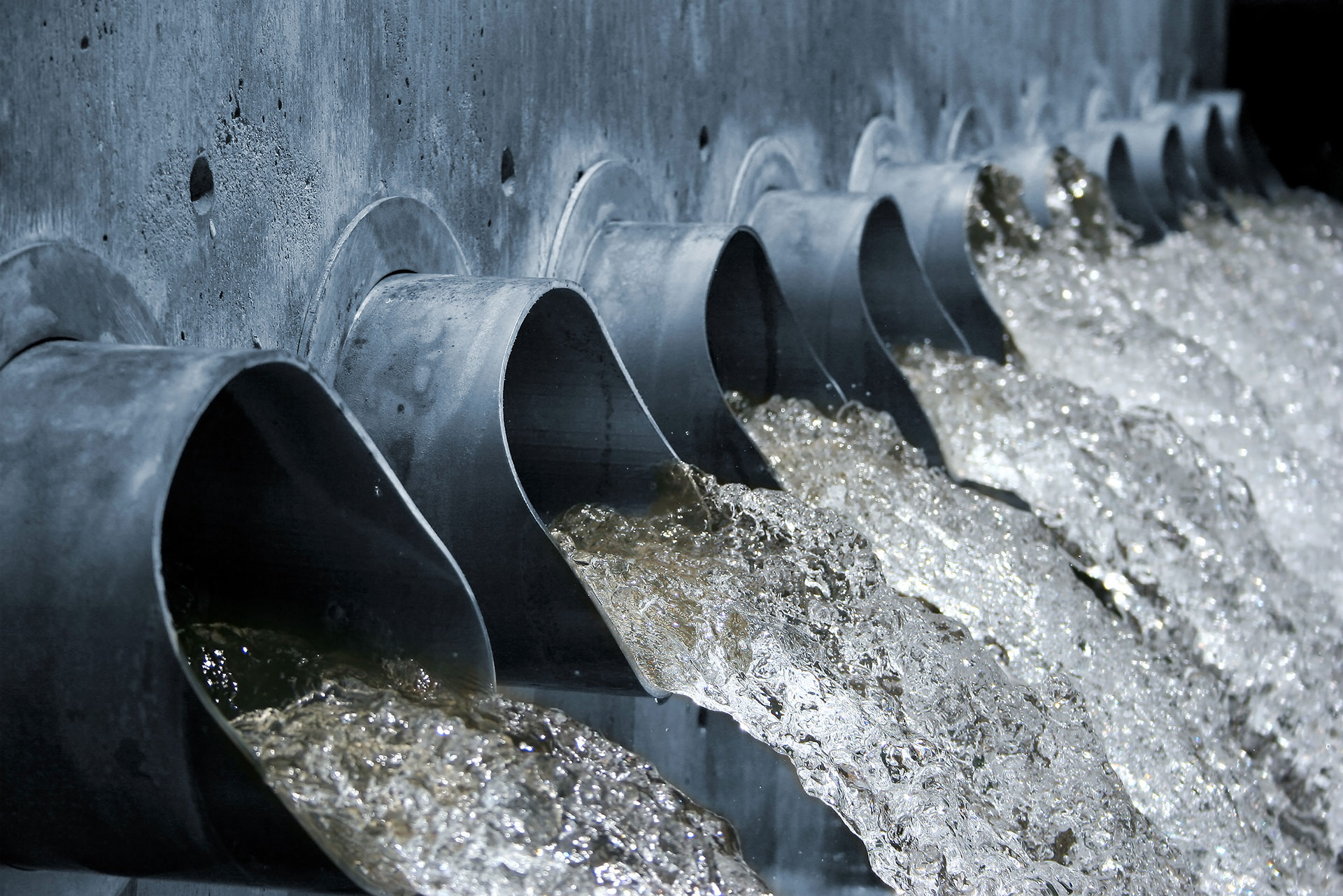Industrial Waste Water Treatment-- Advanced Solutions for Cleanser Effluents
Wiki Article
Key Techniques in Hazardous Waste Water Therapy Procedures
The treatment of commercial wastewater is a vital aspect of environmental administration, entailing a variety of techniques designed to reduce the effect of contaminants. From the basic physical techniques that separate solids to the innovative chemical and organic procedures that target details pollutants, each technique plays an essential duty in attaining water quality requirements. Furthermore, innovations in modern technologies such as membrane filtration and advanced oxidation procedures provide cutting-edge options for enhancing therapy efficacy. Recognizing just how these methods interconnect and their effects for sustainability increases crucial inquiries about the future of wastewater administration in market.Physical Therapy Techniques
Just how properly can physical therapy approaches resolve the complexities of industrial wastewater? Physical treatment techniques play a critical function in the initial phases of wastewater monitoring, concentrating mostly on the elimination of solids and large particulates. Techniques such as sedimentation, flotation, and purification are important for lowering the focus of put on hold solids, consequently improving the performance of subsequent treatment procedures.Sedimentation entails the gravitational settling of solids, permitting the splitting up of larger products from the wastewater. This technique is especially effective in making clear water prior to biological or chemical therapies. Filtration, on the various other hand, makes use of various media to catch particle issue, guaranteeing that smaller sized contaminants are removed. This strategy can be tailored to suit various kinds of commercial effluents, producing more clear effluent streams.
In addition, flotation methods, which utilize air bubbles to lift put on hold solids to the surface area for elimination, are reliable in treating wastewater with high concentrations of fats, oils, and oils. Generally, physical treatment approaches act as a vital primary step in the thorough management of commercial wastewater, ensuring that the tons on succeeding treatment stages is lessened and enhancing overall therapy efficiency.
Chemical Treatment Methods
While physical therapy methods lay the foundation for efficient wastewater management, chemical therapy techniques are essential for resolving the much more intricate pollutants frequently located in industrial effluents. These approaches utilize numerous chemical agents to speed up, neutralize, or oxidize harmful compounds, ensuring a much more comprehensive elimination of contaminants.
One usual method is coagulation and flocculation, where chemical coagulants such as light weight aluminum sulfate or ferric chloride are included in advertise the gathering of suspended bits. This procedure enhances solid-liquid separation, reducing turbidity and enhancing water top quality. Furthermore, neutralization procedures are used to adjust the pH of wastewater, utilizing bases or acids to neutralize acidic or alkaline streams, respectively.
Oxidation-reduction responses play a crucial function in derogatory natural pollutants and virus. Chemical oxidants like ozone, chlorine, or hydrogen peroxide are made use of to damage down complex organic compounds, making them much less dangerous or a lot more naturally degradable. Progressed oxidation procedures (AOPs) incorporate multiple oxidation techniques to enhance pollutant removal efficiency.
Biological Treatment Processes
The effectiveness of wastewater treatment is considerably improved by biological therapy procedures, which harness the all-natural metabolic tasks of microbes to decompose organic issue and get rid of toxins. Industrial Waste Water Treatment. These procedures mostly include anaerobic and cardiovascular digestion, each tailored for specific kinds of wastewaterCardio therapy processes utilize oxygen to support microbial growth, advertising the breakdown of natural toxins into carbon dioxide and water. Common approaches consist of triggered directory sludge systems, where aeration tanks facilitate the blending of wastewater with microbes, and dripping filters, which encourage biofilm development on media surface areas.
Alternatively, anaerobic therapy processes occur in the lack of oxygen, making use of anaerobic microorganisms to disintegrate raw material, leading to biogas production, a renewable resource source. Anaerobic digesters are usually used in industrial settings for this function, effectively lowering the volume of sludge while generating beneficial biogas.
The selection of a biological therapy technique depends upon wastewater qualities, treatment goals, and regulatory requirements. The integration of organic processes in wastewater treatment not just enhances contaminant removal efficiency yet also advertises sustainability by reducing chemical use and supporting source recovery.
Advanced Oxidation Processes

Usual AOP techniques consist of Fenton's ozonation, reagent, and photocatalysis. Fenton's reagent, a mix of hydrogen peroxide and ferrous iron, catalyzes the development of hydroxyl radicals, making it effective for dealing with wastewater containing phenolic substances and other recalcitrant substances. Ozonation makes use of ozone as an effective oxidant, efficient in degrading a vast variety of natural pollutants while all at once sanitizing the effluent. Photocatalysis uses light-activated drivers, such as titanium dioxide, to boost oxidation reactions and get rid of impurities.
AOPs offer a number of benefits, his response including decreased sludge manufacturing and the capacity to deal with wastewater with high concentrations of organic contaminants. The execution of AOPs calls for careful consideration of operational specifications and cost-effectiveness, making certain that these advanced strategies are appropriately integrated into existing wastewater treatment systems.
Membrane Purification Technologies

Microfiltration is reliable for removing put on hold solids and germs, while ultrafiltration targets smaller sized organic molecules and viruses. Nanofiltration links the gap between ultrafiltration and turn around osmosis, properly removing organic compounds and divalent ions. Reverse osmosis offers the highest degree of purification, made use of primarily for desalination and eliminating mono-valent ions.
Membrane layer technologies use many advantages, consisting of low energy usage contrasted to traditional therapy methods, modular layout for scalability, and the capacity for water recuperation and reuse. However, challenges such as membrane fouling and the requirement for routine maintenance need to be dealt with to make certain system efficacy. Generally, membrane layer filtering innovations stand for a crucial element of contemporary commercial wastewater therapy strategies, advertising sustainability and resource conservation in water monitoring.
Verdict
In verdict, industrial wastewater treatment uses a diverse selection of methods, consisting of physical, chemical, biological, and advanced techniques. Continued innovations in these methodologies will certainly better enhance the performance and effectiveness of wastewater therapy procedures in industrial settings.The therapy of industrial wastewater is a crucial facet of ecological management, including a variety of techniques developed to minimize the impact of contaminants.Exactly how Find Out More successfully can physical treatment methods attend to the intricacies of industrial wastewater?Advanced oxidation procedures (AOPs) represent an advanced strategy in commercial wastewater therapy, designed to efficiently deteriorate natural contaminants that are usually resistant to conventional therapy approaches (Industrial Waste Water Treatment).In conclusion, commercial wastewater treatment utilizes a varied array of techniques, including physical, chemical, biological, and advanced techniques. Continued improvements in these techniques will certainly better boost the efficiency and effectiveness of wastewater treatment processes in commercial setups
Report this wiki page